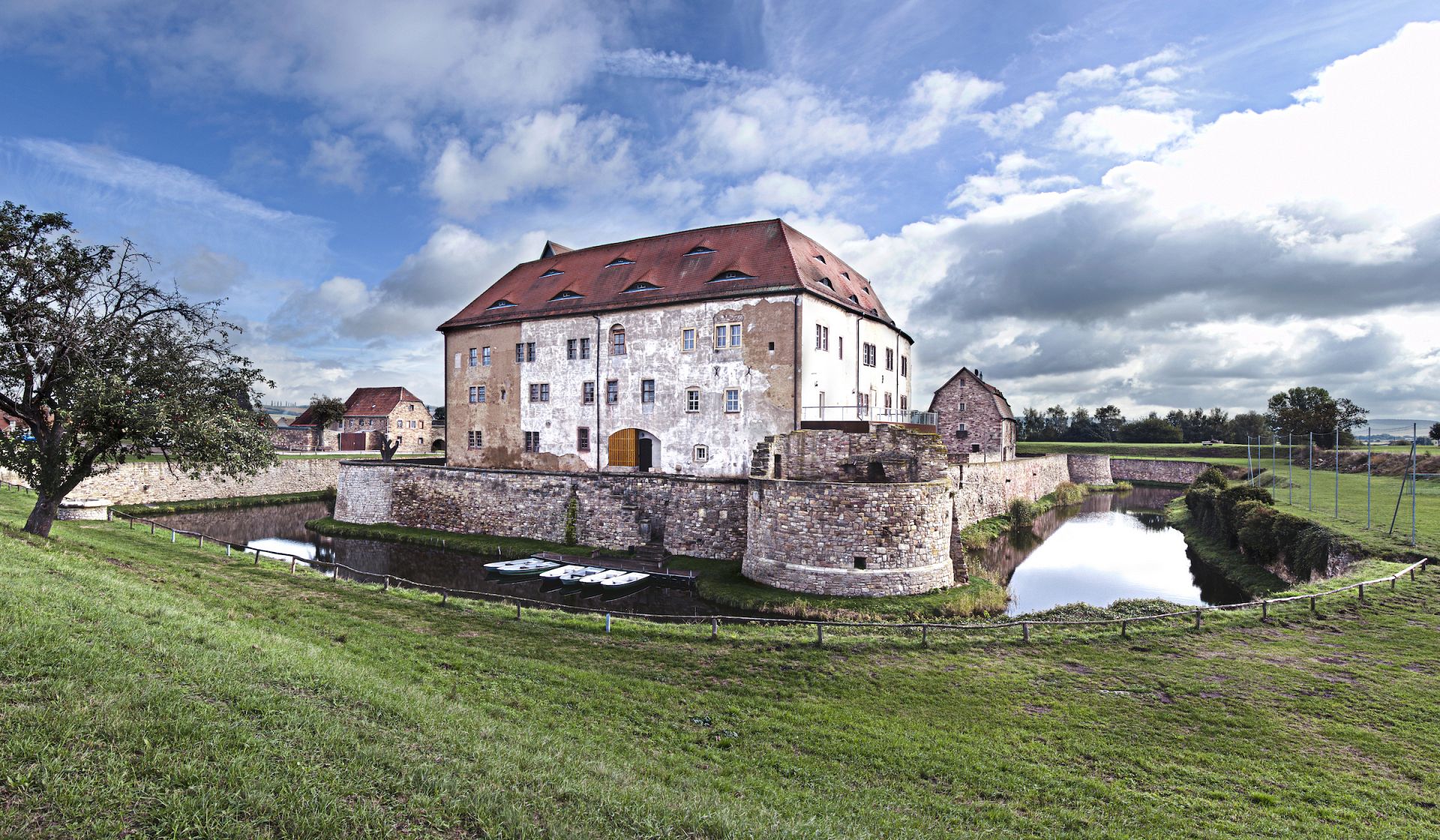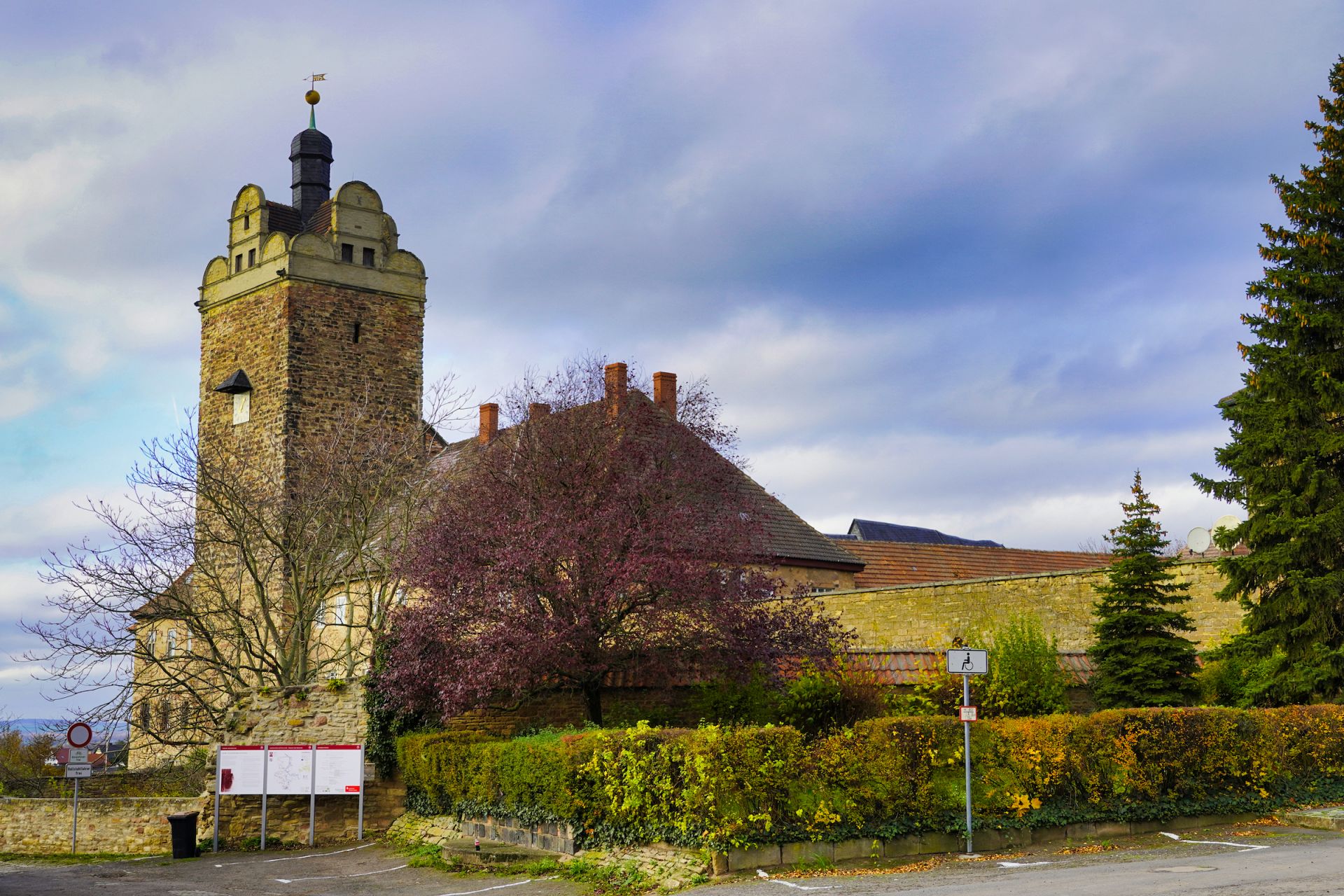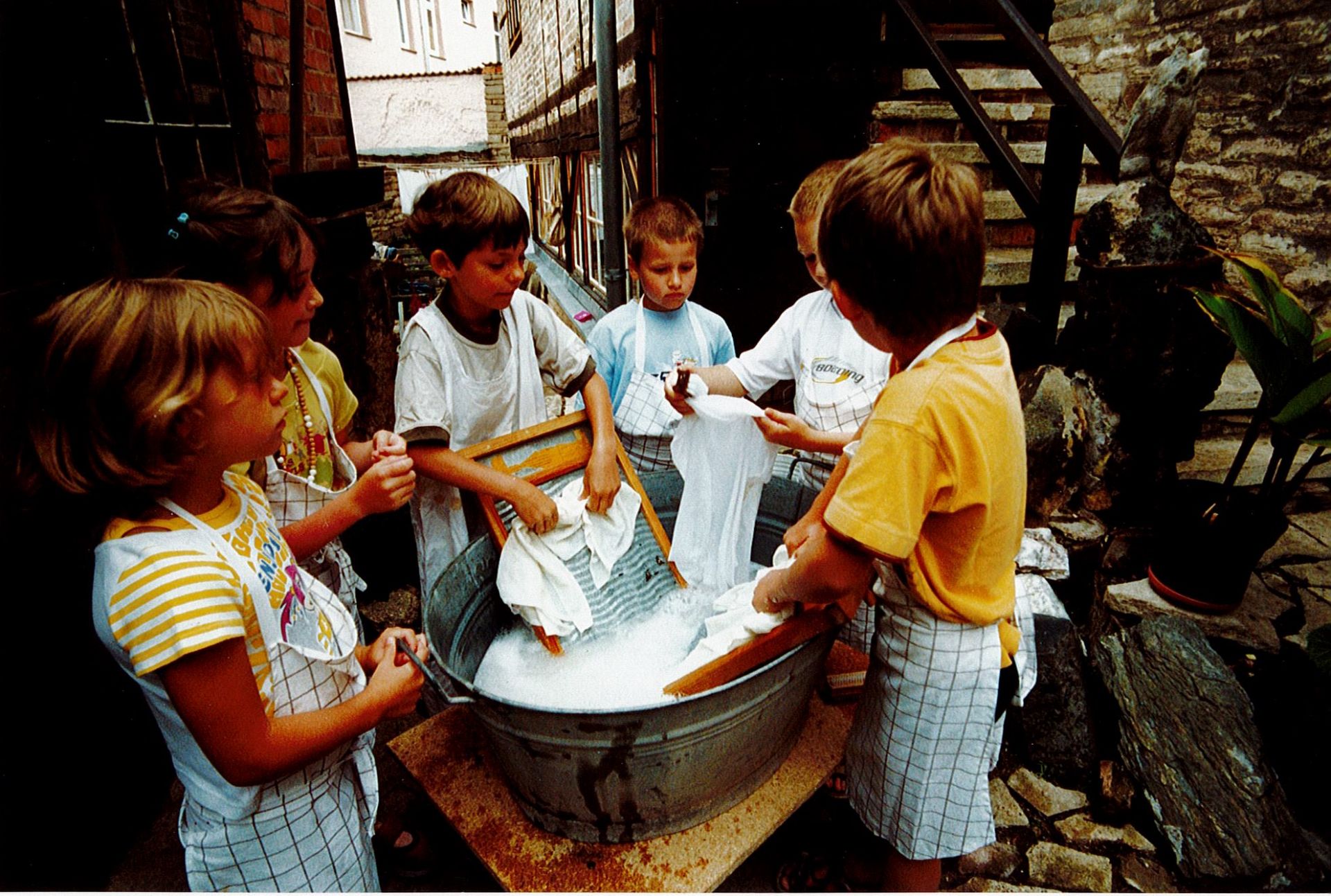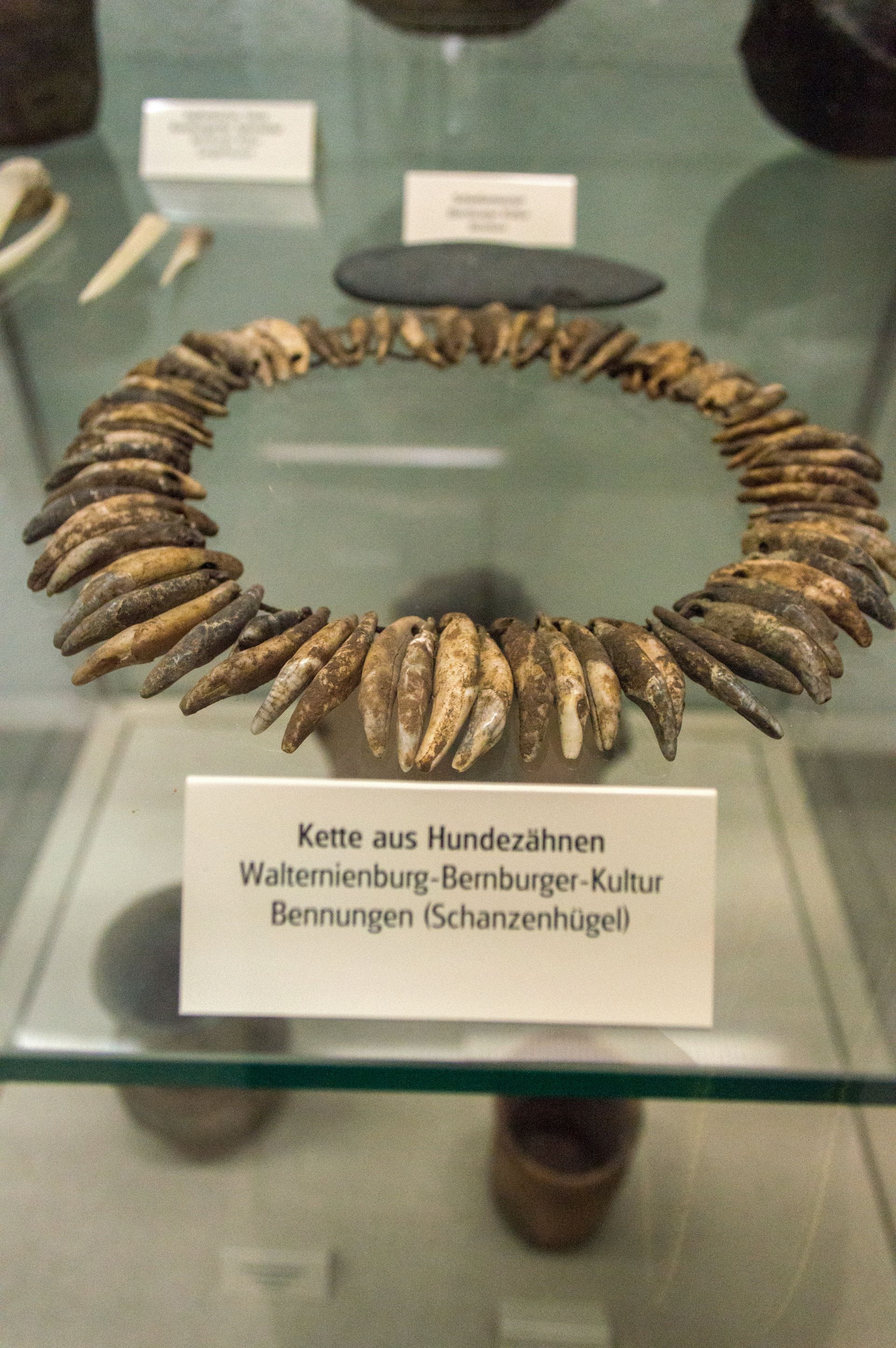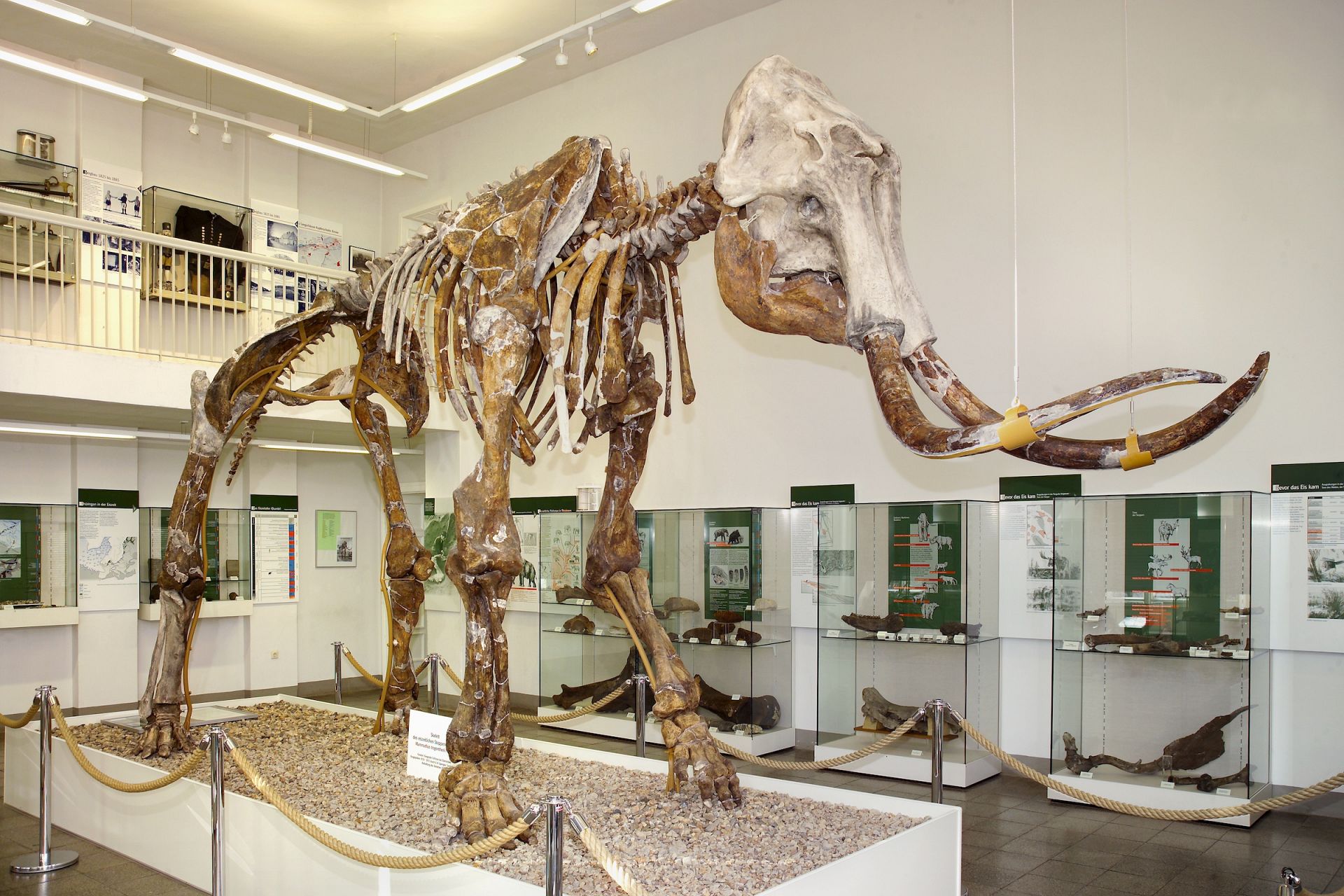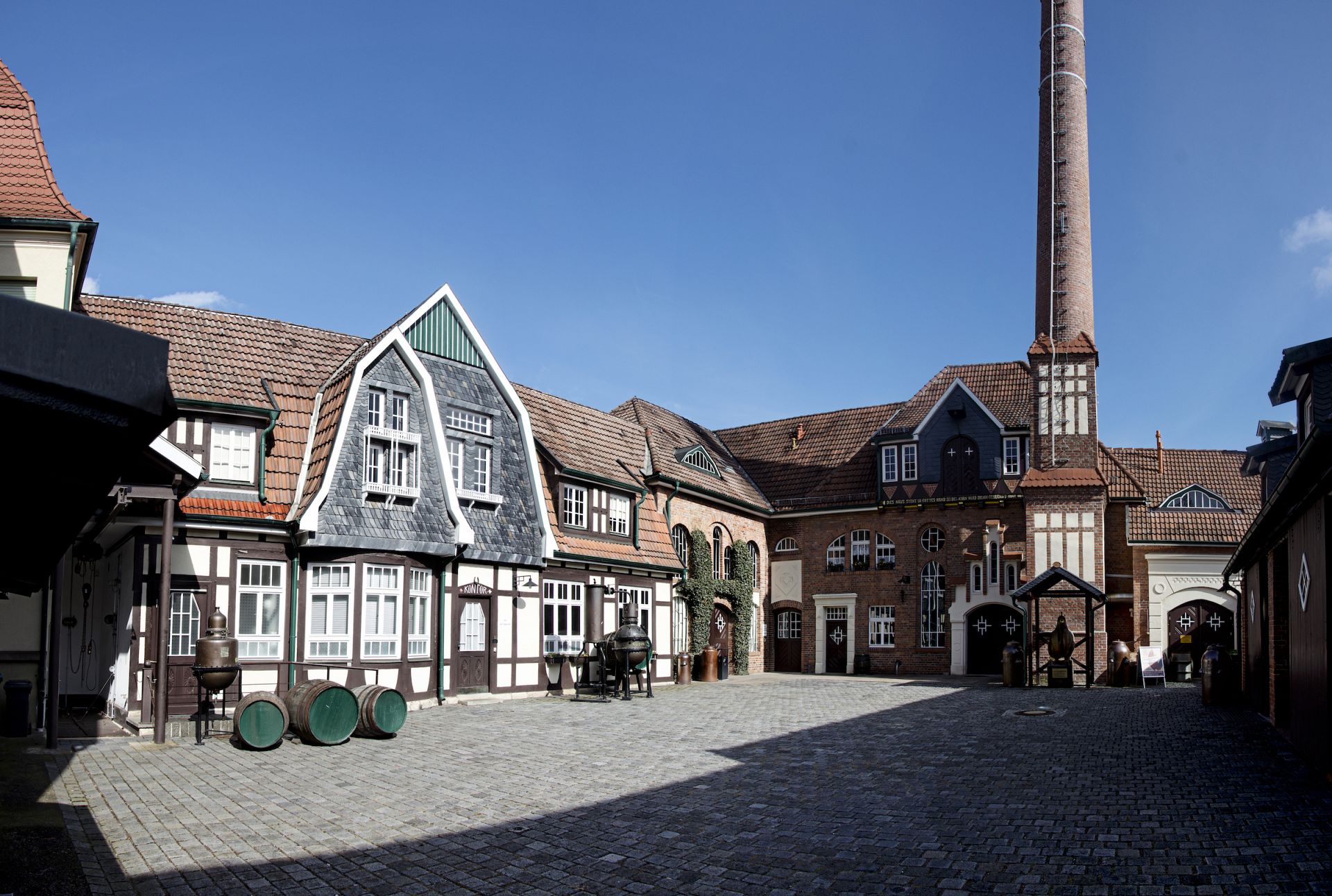Residential Palace Sondershausen
The four-winged Renaissance castle with its extensive park towers over the market square of Sondershausen. For centuries, the counts and princes of Schwarzburg shaped the history of the town and gradually expanded the medieval castle into a representative ensemble, which today is considered the most important castle in northern Thuringia in terms of architecture and art history. The castle impresses both outside and inside - for example in the "Thuringian Amber Room", in which finely polished limestone slabs cut by hand shine mysteriously. The Schwarzburg Palace is not only known as a museum, but also as a concert hall. Even the princes had musicians and singers in their service in the 16th century, and in the 19th century Franz Liszt was delighted with the court orchestra that played his works. Sondershausen has preserved its musical tradition; the Loh Orchestra just celebrated its 400th birthday and still plays in the castle, for example in the stately half-timbered building of the octagonal house. Where once the prince's children made their rounds on the merry-go-round, concertgoers can now enjoy classical and modern music.
The golden carriage
There is hardly a square inch that is not decorated - fine paintings and filigree reliefs on shimmering gold paint. The showpiece was built in Paris in 1710, a grande carrosse, a carriage like a throne, pulled by no fewer than six horses. The Golden Carriage is probably the most impressive exhibit in Sondershausen Palace, as the ornate vehicle looks as if it had sprung straight out of a fairy tale and the princess would be getting out at any moment. The valuable six-horse carriage is an impressive example of lavish Baroque art and courtly culture, and is also the oldest and only carriage of this French design in Germany, and there are only a few surviving examples in Europe. It is not known exactly how the Golden Carriage came to Sondershausen. Probably in the 1730s, the Princely House of Schwarzburg-Sondershausen acquired the carriage as a state carriage; Prince Heinrich I may have bought it. His nickname "Prince of Diamonds" was no coincidence; he is said to have been particularly lavish and fond of luxury. And Heinrich had a special hobby: he collected magnificent carriages, at times he is said to have had almost 40. So it would fit if he had brought the Golden Carriage to the Thuringian province, while comparable splendid cars were on the road in London, St. Petersburg or Stockholm.




